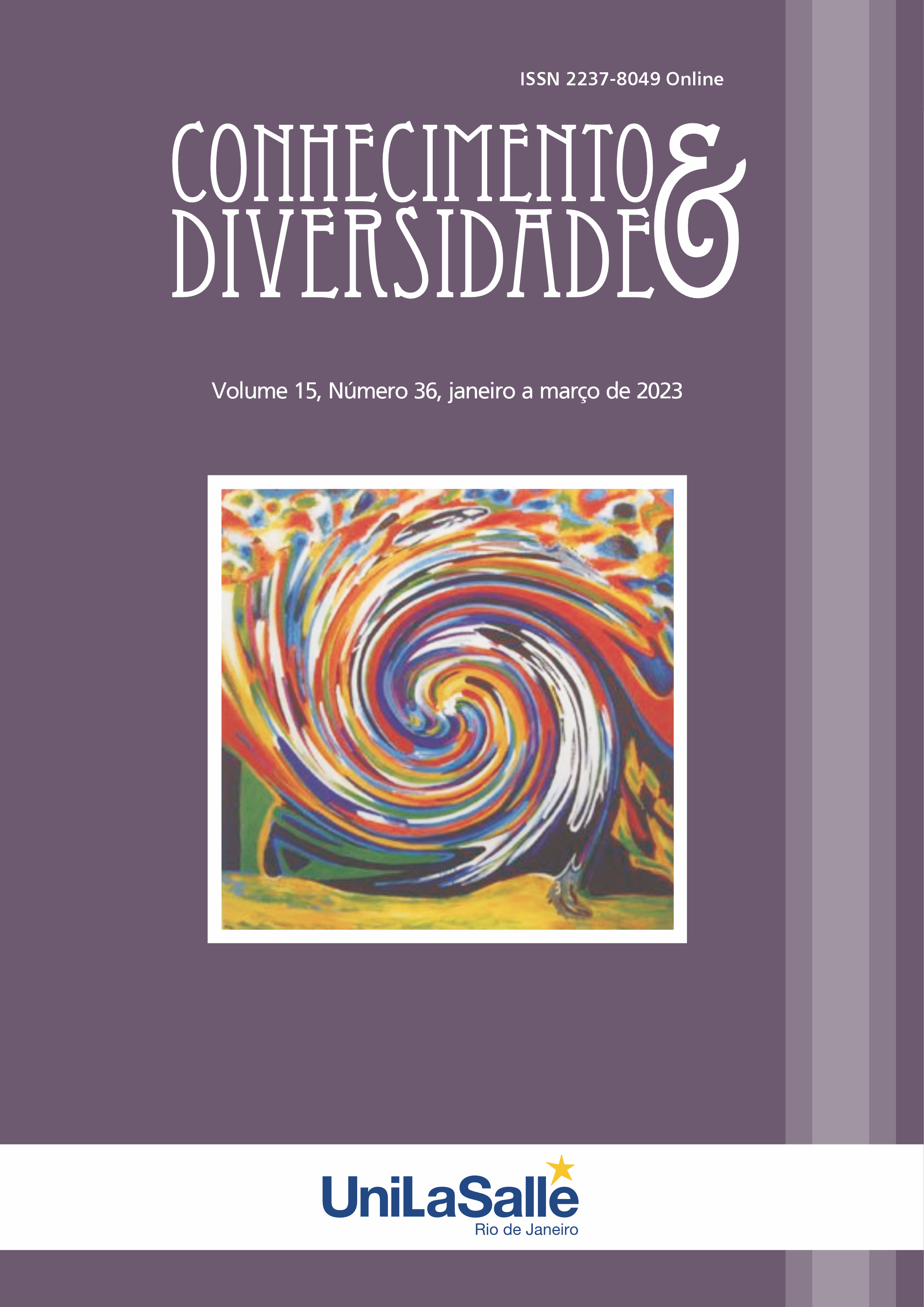FEASIBILITY OF SPOT CURRENCY TRADING UNIFIED WITH FIAT CURRENCIES AND ITS CHALLENGES
AN EDUCATIONAL PROCESS FOR STAKEHOLDERS
DOI:
https://doi.org/10.18316/rcd.v15i36.10797Palabras clave:
Fiat currency, Spot currency, Unification theory, Legal challenges, Educational ProcessResumen
Cryptocurrencies refer to electronic money that is transferred digitally and unbackable in computers through a platform called the blockchain. In other words, virtual money is encrypted with electronic codes and they can thus register transactions; hence, all digital currencies, including bitcoin and wallet coins can be a means of payment to replace physical money for providing goods and services, and can be used instead of fiat currencies at the national and transnational levels. There are various advantages for this replacement, such as reducing the production of banknotes and metal coins, but this development in the structure of monetary payments leads to legal and political challenges, and it is necessary to address this issue in the present research. As an introduction, the equality of the fiat and spot currencies should be measured and the possibility of applying the effects of fiat currency to spot currency and its advantages and disadvantages should be also analyzed and explained. Obviously, analyzing this issue and generalizing the characteristics of physical to virtual money will be effective and pioneering for domestic and international trade, and identifying the challenges of uniï¬cation can provide a suitable platform for adopting preventive measures in terms of eliminating and controlling possible risks. On this basis, the present research analyzed the topics through data collection and desk analysis.
Citas
Eslami, Toutounchian, presented in the first conference on Islamic economics, vol. 3, p. 11.
Akhavan, Peyman; Movahednia, Alireza; Darabi, Ali (2021). Binance, digital currency exchange. Atinegar Publications, first edition.
Akhavan, Peyman, (2017), Digital currencies, bitcoin, blockchain, and basic concepts, Tehran, Atinegar Publications.
Tavassoli, Mohammad-Esmaeil (2015). Analysis of the nature of money and the pillars of monetary policy in Islamic economics, Research Institute of Hawzah and University, Qom, first edition.
Sobhani, Hassan, Droudian, Hossein, (2015). A critique on views of the Austrian school in rejecting banknotes, Quarterly.
Shiravi, Abdol Hossein (2019), International Trade Laws, 11th edition, Samt Publications.
Scientific-research journal of planning and budget, 20th year, No. 1.
Karimian, Alireza (2021), The Basics of Cryptocurrencies, Arad Ketab Publications, first edition.
Komeijani, Akbar, Arabi, Hadi; Tavassoli, Mohammad-Esmail (2012). Review and criticism of Western economic thinkers' theories about the nature of money. Quarterly of Iranian Economic Research, 17th year, No. 51.
Mohammadi, Ali (2021), Everything about Metaverse, Bavin Ketab, Second edition.
Yousefi, Ahmad-Ali (1998). The nature of money and its jurisprudential and economic strategies, Tehran, Research Institute of Islamic Culture and Thought.
Akhavan, Peyman, Philsoophian, Maryam, Rajabion, Lila, and Namvar, Morteza (2018), Developing a Block-chained Knowledge Management model (BCKMM): Beyond traditional knowledge management, The 19th European conference on Knowledge Management (ECKM 2018), September, Italy.
Akhavan, Peyman, Philsoophian, Maryam, and Namvar, Morteza (2021). The Mediating Role of Blockchain Technology in Improvement of Knowledge Sharing for Supply Chain Management, Management Decision, DOI10.1108/MD-08-2020-1122.
Alonso-Monsalve, S., Suarez-Cetrulo, A. L., Cervantes, A., & Quintana, D. (2020). Convolution on neural networks for high- frequency trend prediction of cryptocurrency exchange rates using technical indicators. Expert Systems with Applications, 149, 113250.
Alzaatreh, A., & Sulieman, H. (2019). On fitting cryptocurrency log-return exchange rates. Empirical Economics, 1-18.
Arnason, S.L. (2015). Cryptocurrency and Bitcoin. A possible foundation of future currency : why it has value, what is its history and its future outlook .
Bauriya, A., Tikone, A., Nandgaonkar, P., & Sakure, K. S. (2019). Realtime cryptocurrency trading system. International Research Journal of Engineering and Technology (IRJET), 6.
Bichler, M., & Kaukal, M. (1999). Design and implementation of a brokerage service for electronic procurement. Paper presented at the proceedings. Tenth International Workshop on Database and Expert.
HOUBEN.R and SNYERRS.A (2018), cryptocurrencies and blockchain: legal context and implications for financial crime, money laundering and tax evasion, European Parliament study, July 2018, p. 100. (electronically available via https://www.europarl. Europa.eu/cmsdata/150761/TAX3%20Study%20on%20c
ryptocurrencies%20and%20blockchain.pdf). https://blockgeeks.com/the-impact-of-bitcoin-on-the-global-economy/
Umlauft Thomas S., (2018), Is Bitcoin Money? An Economic-Historical Analysis of Money, Its Functions and Its Prerequisites, Conference: 85th International Atlantic Economic Conference, At London, United Kingdom.
Xiong, Wanting, Fu, Han, Wang, Yougui (2017), Money creation and circulation in a credit economy, Journal Physica A 456 (2017) 425-437.
Descargas
Publicado
Número
Sección
Licencia
Derechos de autor 2023 Conhecimento & Diversidade

Esta obra está bajo una licencia internacional Creative Commons Atribución 4.0.
Tal como recomienda el Public Knowledge Project, RCD adopta para sus artículos una licencia CREATIVE COMMONS: Attribution CC BY 4.0
Esta licencia permite que otros distribuyan, remezclen, adapten y desarrollen su obra, incluso con fines comerciales, siempre que le atribuyan a usted el mérito de la creación original.
Esta es la licencia más adecuada que se ofrece.
Recomendado para la máxima difusión y utilización de los materiales bajo licencia.



